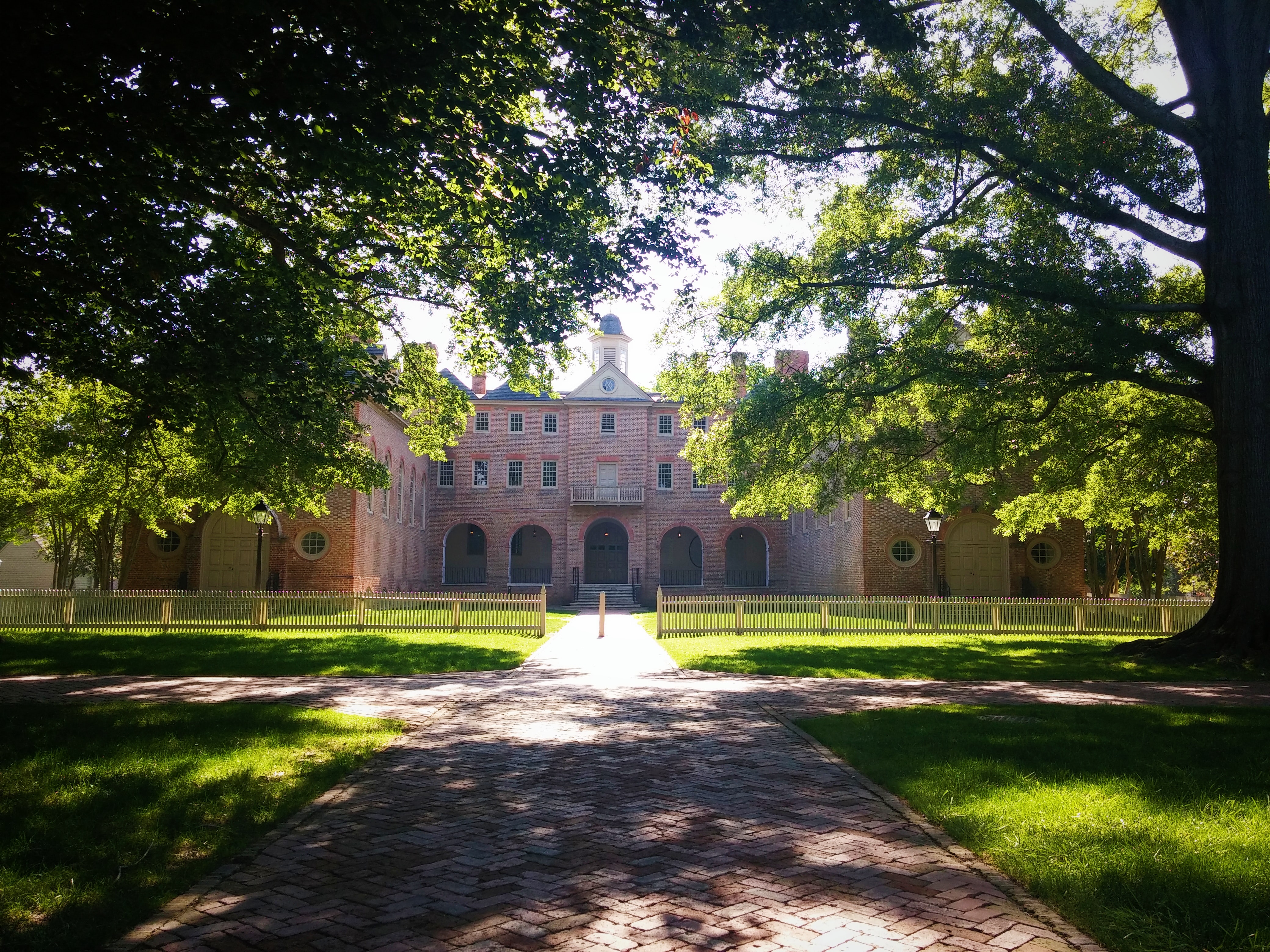Rishanari's Nest
Standing tall above the reclaimed fertile landscape of northern Concordia, is the solitary volcano called Rishanari's Nest. Nowadays it is a popular tourist attraction for active hikers, who do not shy away from the climb to the top to view the stabilized lava lake. In the Founding Year, however, this volcano very nearly meant the end of Concordia before it could even begin.
It is named for a primordial being, Rishanari, which took the form of a gargantuan fiery bird of prey. The Soot Elves used to worship Rishanari as one of the spirits that fueled their wildfire magic. Interestingly, the wildfire elementals that later became the first hearthfires in Scarroton, were strongly opposed to Rishanari's presence. They shunned the acidic rain that the volcano spewed across the newly formed jungle. Accounts from that time state that Rishanari was a corrupting presence to the wildfire elementals, something hateful and destructive instead of passionate for life.
Rishanari itself was defeated by Pariah after he was set free from his lake. Since it's defeat, there have only been two instances where the Nest became active. The first was in 254 AFF, when it caused the Five Famine Years. It had only spewed large clouds of ash that cooled down the surrounding area, and turned the rain acidic enough again to form problems with Concordia's agriculture. The second was in 364 AFF, just a few decades ago. There was one large explosion on the top of the mountain, forming the crater which we see today. Chunks of rock have been flung miles away. Some of them have become local landmarks, while others have been harvested for rare metals. After that explosion, a steady flow of magma came from its core. The lava streams reached far around the mountain, leaving ample fertile land. The sulfur plague that spread through Concordia, is still considered to be linked to this eruption, although it remains a mystery how it originated, or if this might have something to do with Rishanari itself.
Rishanari's Nest has been remarkably stable in the last few decades. The volcano is of course very carefully monitored by scientists, who can give an early warning of its activity. Until then, it is quite safe to visit, and stunning to see.
It is named for a primordial being, Rishanari, which took the form of a gargantuan fiery bird of prey. The Soot Elves used to worship Rishanari as one of the spirits that fueled their wildfire magic. Interestingly, the wildfire elementals that later became the first hearthfires in Scarroton, were strongly opposed to Rishanari's presence. They shunned the acidic rain that the volcano spewed across the newly formed jungle. Accounts from that time state that Rishanari was a corrupting presence to the wildfire elementals, something hateful and destructive instead of passionate for life.
Rishanari itself was defeated by Pariah after he was set free from his lake. Since it's defeat, there have only been two instances where the Nest became active. The first was in 254 AFF, when it caused the Five Famine Years. It had only spewed large clouds of ash that cooled down the surrounding area, and turned the rain acidic enough again to form problems with Concordia's agriculture. The second was in 364 AFF, just a few decades ago. There was one large explosion on the top of the mountain, forming the crater which we see today. Chunks of rock have been flung miles away. Some of them have become local landmarks, while others have been harvested for rare metals. After that explosion, a steady flow of magma came from its core. The lava streams reached far around the mountain, leaving ample fertile land. The sulfur plague that spread through Concordia, is still considered to be linked to this eruption, although it remains a mystery how it originated, or if this might have something to do with Rishanari itself.
Rishanari's Nest has been remarkably stable in the last few decades. The volcano is of course very carefully monitored by scientists, who can give an early warning of its activity. Until then, it is quite safe to visit, and stunning to see.


